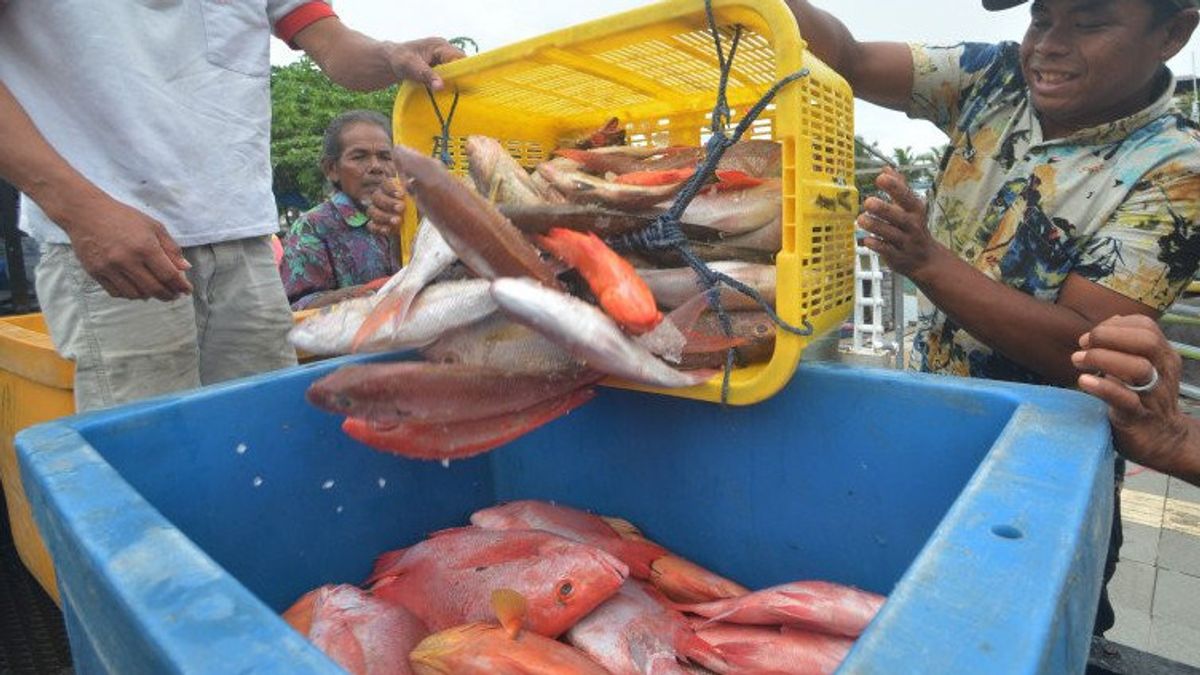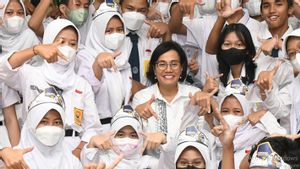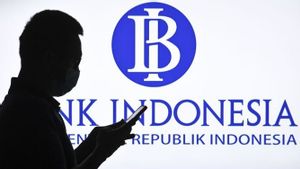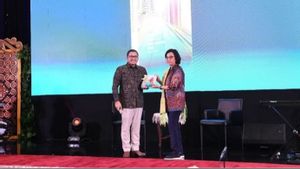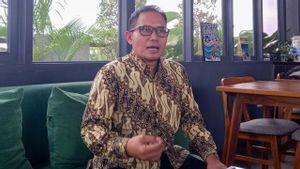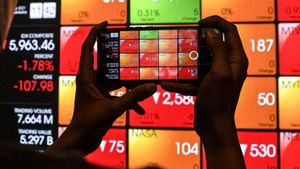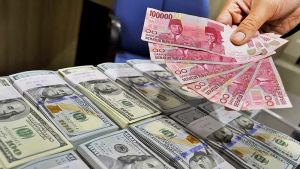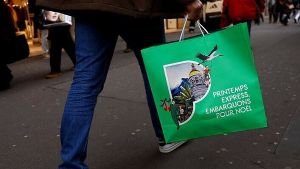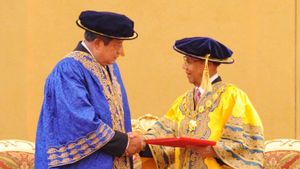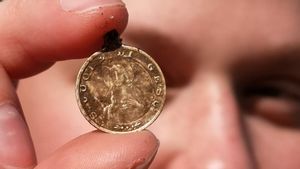JAKARTA - The Smart Fisheris Village (SFV) program by the Ministry of Maritime Affairs and Fisheries (KKP) in Gondol, Bali, has succeeded in increasing the realization of Non-Tax State Revenue (PNBP) fishery services.
Head of the Maritime and Fisheries Human Resources Counseling and Development Agency (BPPSDM KP), I Nyoman Radiarta said, the realization of the PNBP has the potential to double until the end of 2023.
"If we compare it, in Semester I SFV in Gondol it has been able to achieve the target of PNBP 82 percent or Rp408 million. I really appreciate the BPPSDM Technical Implementation Unit (UPT) which is able to optimize its assets in its entirety and utilize it as well as possible," he said in a written statement in Jakarta, Thursday, July 20.
Nyoman explained that the SFV program in Gondol was run by the Marine Cultivation Research Center and Fisheries Counseling (BBRBLPP).
(BBRBLPP) itself is a technical implementation unit of BPPSDM KP that focuses on developing marine cultivation, especially commodities of big white, milkfish, kerapu, crabs and crabs, and vaname shrimp.
The UPT-based SFV program aims to optimize the assets owned by the hall, such as production equipment or land to boost the productivity of the marine and fisheries sector in the working area.
In Gondol, the hall assets used to support the SFV program are spread across three villages, namely Penyabangan Village, Sumberkima Village and Pejarakan Village.
Pembangan Village is currently the main facility for sea cultivation improvement. In that village, there are various facilities and infrastructure to support cultivation, such as four pools of 100 cubic meters and four ponds measuring approximately 20 cubic meters.
A number of these ponds are used for the provision of parent and maintenance companies (broodstock centers), marine fish hatchery (laval rearing), sea fish deduction facilities (nursery) that produce seeds of various sizes, to natural feed-specific laboratories from marine species for pure culture and mass culture.
In addition, Peyabangan Village also carries out the maintenance of seeds and the dedering of big white and kaple fish. The seeds produced are an average of 87,000 individuals/cycles, while the regulars produce 39,500 heads per cycle.
The BBRBLPP SFV program in Peyabangan Village also provides crab or crab mothers for natural feed improvements and supply. The provision of crab or crab mothers is carried out to support the banking business, both for pure and mass scale.
Next, in Sumberkima Village, the SFV BBRBLPP program produces Floating Net Karamba Installation (KJA). The installation is supported by 16 KJA High Density Polyethylene (HDPE).
SEE ALSO:
The current activity is the cultivation of 7,700 big and white figures, of which the fish are the result of coaching or dedering from Peyabangan Village.
Meanwhile, in Pejarakan Village, the BBRBLPP SFV program produces an Allocation Pond Installation containing 13 plots with an area of 65,500 square meters and 39,500 square meters.
The installation is used to raise 2,600 broth fish, 6,500 white fish, and vaname shrimp which have produced nearly 1 tonne in one cycle. Currently, installations in Pejara Village are deploying 350,000 vaname shrimp fry.
"We use all assets and production as optimally as possible as fisheries services to the community, especially cultivators. This service is the income for the state through the PNBP scheme," added Nyoman.
The English, Chinese, Japanese, Arabic, and French versions are automatically generated by the AI. So there may still be inaccuracies in translating, please always see Indonesian as our main language. (system supported by DigitalSiber.id)
